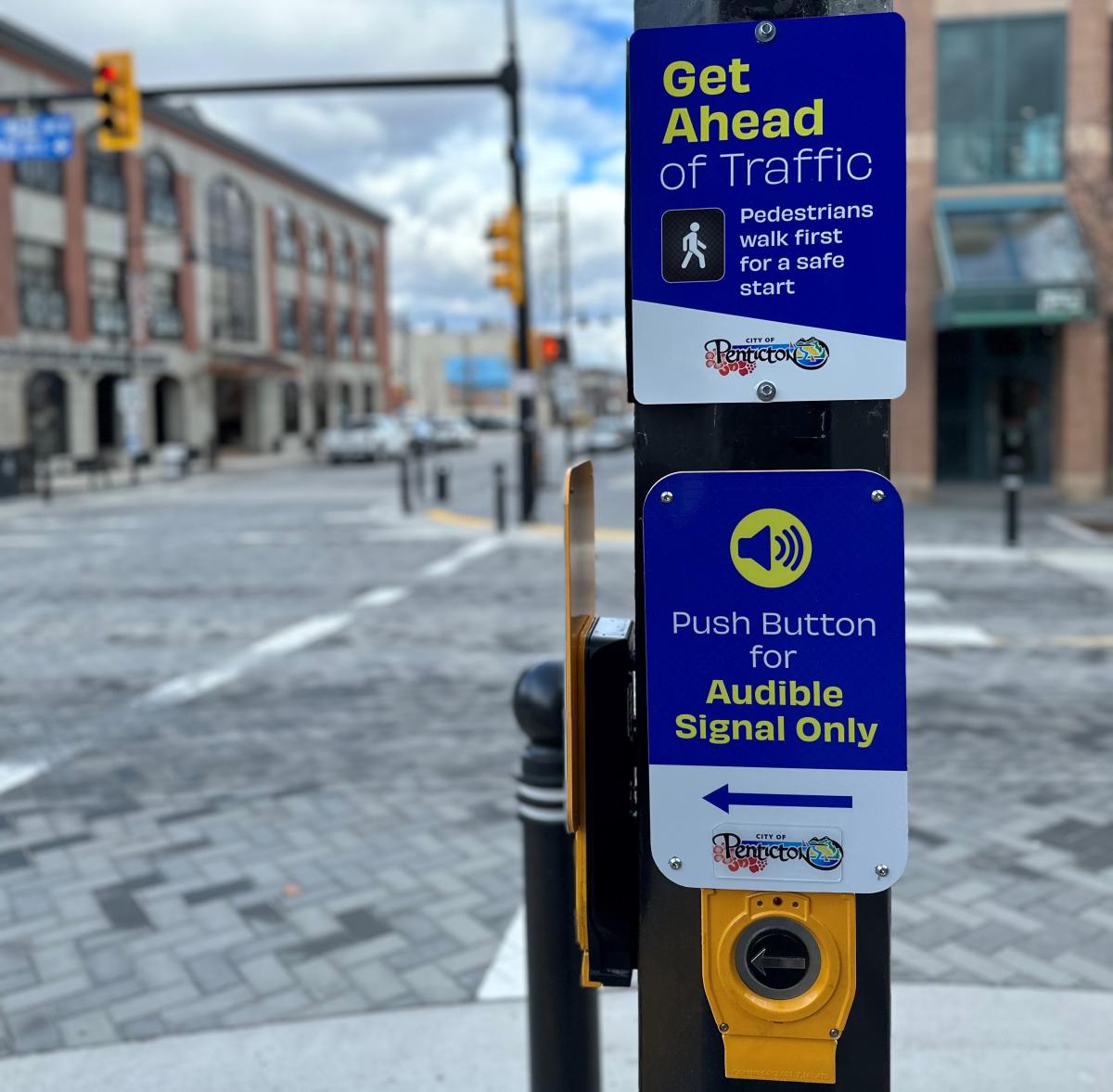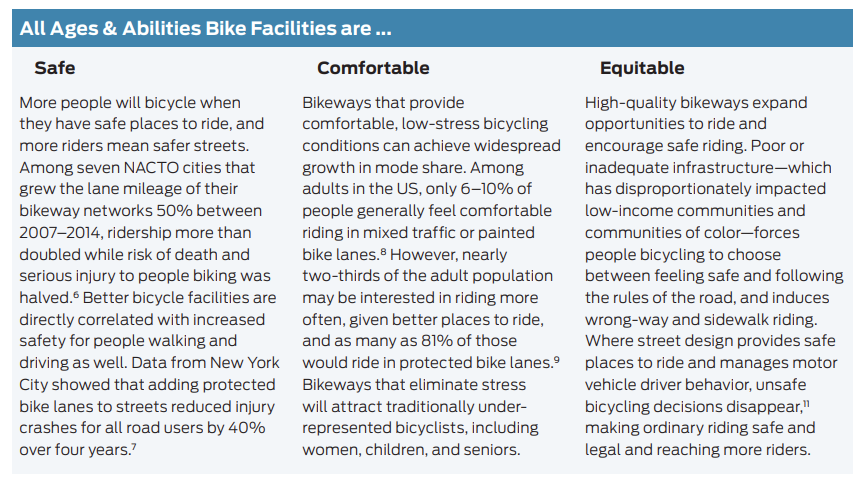Cycling Network
Our bike-friendly city is home to a growing network of paths and routes that will connect you to lakes, parks, schools and businesses. Thanks to Penticton's compact geography, combined with great weather for most of the year, cycling is an ideal way to move around the community. Also visit our Trails page to scope out your off-road routes.
By the Numbers
- On street painted bike lanes – 22 km
- All Ages and Abilities bike lanes – 2.3 km
- Multi-use paths and trails – 25 km
Share the Path
Many of the citywide trails, including the promenades along Skaha and Okanagan lakes, the KVR trail and other park paths, are designated as multi-use pathways and may be used by anyone walking, riding or rolling.
When using these paths on a bicycle, skateboard or scooter, reduce your speed and take extra care around pedestrians. Use a bell, horn or your voice to announce your presence before passing. Anyone walking is also reminded to be aware of their surroundings and share the space .
Lake-to-Lake Bike Route
The Lake-to-Lake Route is a 6.7 km protected bike lane crossing through the city, intended to make cycling convenient and safe for residents of all ages and abilities. Currently, 3.8 km of the route is complete and 650 metres will be completed in summer 2024 as part of the Point Intersection project. The final section is planned to commence in 2024. Visit our Lake-to-Lake Bike Route Construction page for updates.
Frequently Asked Questions
Get Ahead of Traffic
The City has added new safety features at traffic signals throughout downtown Penticton to give pedestrians and cyclists a head start to cross the road. This includes an advanced walk and/or bike signal that provides an opportunity to move forward by walking or riding across the road before vehicles enter the intersection. So by the time the light turns green for cars, you're already halfway across the road – in full view.
Also downtown, the pedestrian signals are now automatic, so you only need to hit the button if you need an audible cue to cross. These signals are accessible pedestrian signals (APS), which provide auditory, visual and tactile information for the visually impaired.










